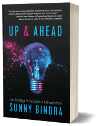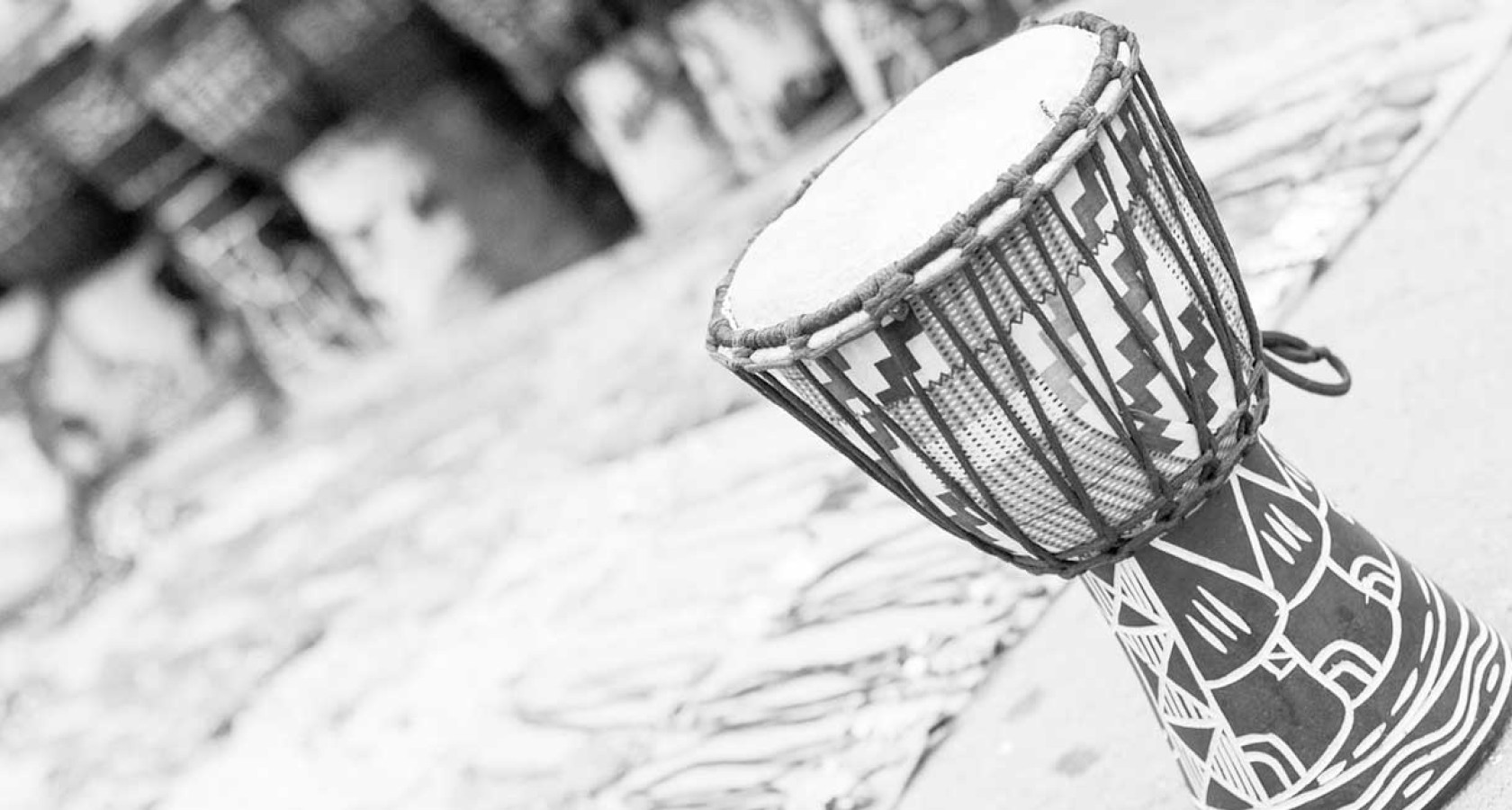How old businesses must reinvent themselves

Every business in the world faces overwhelming uncertainty. The explosion of new technology shows no sign of abating. Indeed, we may only have seen the opening chapters of the book of technological disruption. The later chapters – containing plot twists, deaths, rebirths and the like – have not even been written yet. We only have some loose chapter outlines to look at.
One thing we all know is that we can’t sit still and pretend no change is needed to our business models. What we have seen of mobility, cloud computing and big data now, and what we know is coming from artificial intelligence, robotics, autonomous driving, blockchain, biotechnology, augmented reality and nanotechnology confirms that things will be very, very different indeed. For all of us.
If you are a young startup, your mission is simple: deploy the new tech to shake up the old world. Cherry-pick the most valuable, most neglected customers; seduce them with all-new user experiences powered by the snazzy new tech. Invent new cultures and organizational forms that are appropriate for a fresh new way of doing things. Recruit carefully to choose the attributes you need most, with no legacy workforce to worry about.
What about existing businesses, though? The bad ones will just fail, but what about those currently successful? Those that have created some unique propositions; forged strong bonds with customers; created a winning spirit with employees? What should they be doing?
Their current business is great; it’s the future they should worry about. How should they go about preserving one while inventing the other?
For one answer, look no further than Microsoft, one of the most successful corporations in history, selling software to all corners of the earth, dominating the computing world like no one ever had before. And yet a few years back, some very tough decisions had to be made. The company had missed the boat on mobile and cloud computing, and was seeing its dominance eroded by upstarts: a reborn Apple, and Google and Amazon. Microsoft was still enormously profitable; but it had to worry about irrelevance in a world moving rapidly away from traditional personal computers.
Only new leadership could make wrenching change possible. In 2014, the company appointed Satya Nadella as CEO – a Microsoft insider, to everyone’s surprise. It worked. The company has added $250 billion to its market value in three and a half years. How did Nadella do it?
First, he had to convince the entire company of the need for change; next, he had to destroy an ingrained arrogance that came from decades of massive success and alpha-male leaders; and then he had to focus the entire behemoth on a whole new purpose and strategy: cloud-first; and open to collaborating with anyone.
He also had to be brutal. He wrote off his predecessor’s $7 billion acquisition of Nokia’s dying phone business; and laid off thousands of sales staff selling old products in old ways. And yet the company’s bread-and-butter product – Windows OS – was refreshed for a multi-device world; and the Office software suite was made available as a cloud service and on multiple device platforms.
This is a real strategy lesson in optimizing and reshaping the current business; burning parts of the old; while simultaneously and aggressively inventing the new. The old Microsoft sold clunky software to captive customers; the new one focuses on productivity for all, is platform-agnostic; and competes and collaborates on multiple fronts using the fast-developing new field of artificial intelligence.
So if you have a successful current business: think hard about what is timeless and should be protected; but also about what should be laid to rest; and what needs to conceived and brought into the world. You have to progressively manage down your old business model while making bold forays into a new one.
At the heart of this leadership challenge? People. Bringing them on on board for the new world ahead. Winning hearts and minds. Building hope while managing fear. Blending the best of the old team with new blood and fresh thinking. Honouring old customers while investing in the new. Migrating the culture so that it serves the new ways, not just the old.
That stuff is tough, people. That’s why not many will pull it off. It is a delicate balancing act that harvests what is already in bloom; while planting the seeds of change in old fields and new. While the world focuses on the leaders of the new wave of businesses, I find it just as interesting to see how those who lead the old will keep themselves relevant.
(Sunday Nation, 24 September 2017)

Buy Sunny Bindra's book
UP & AHEAD
here »















